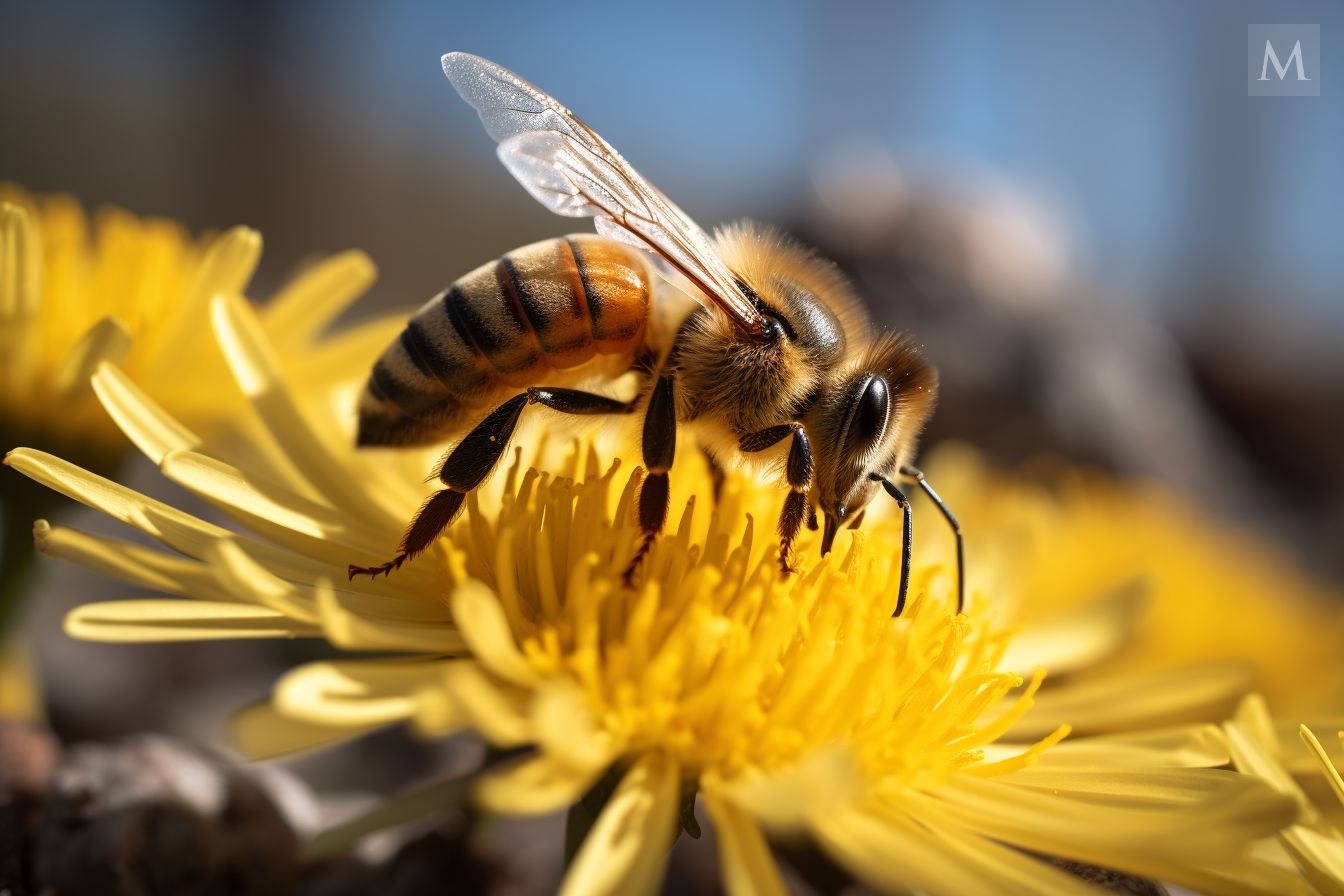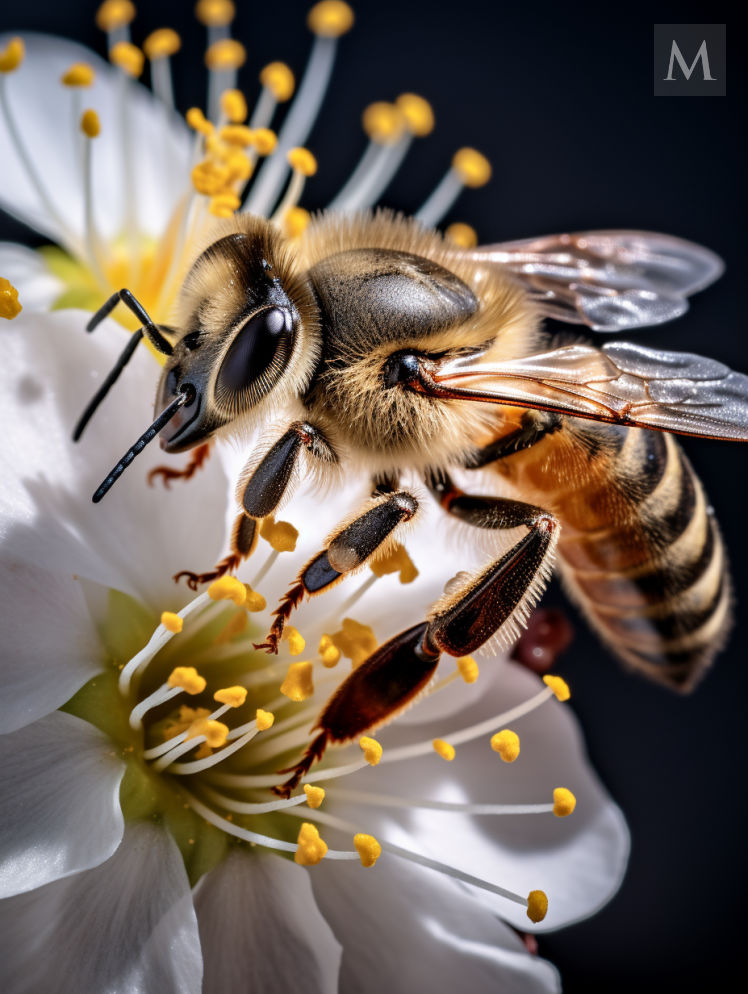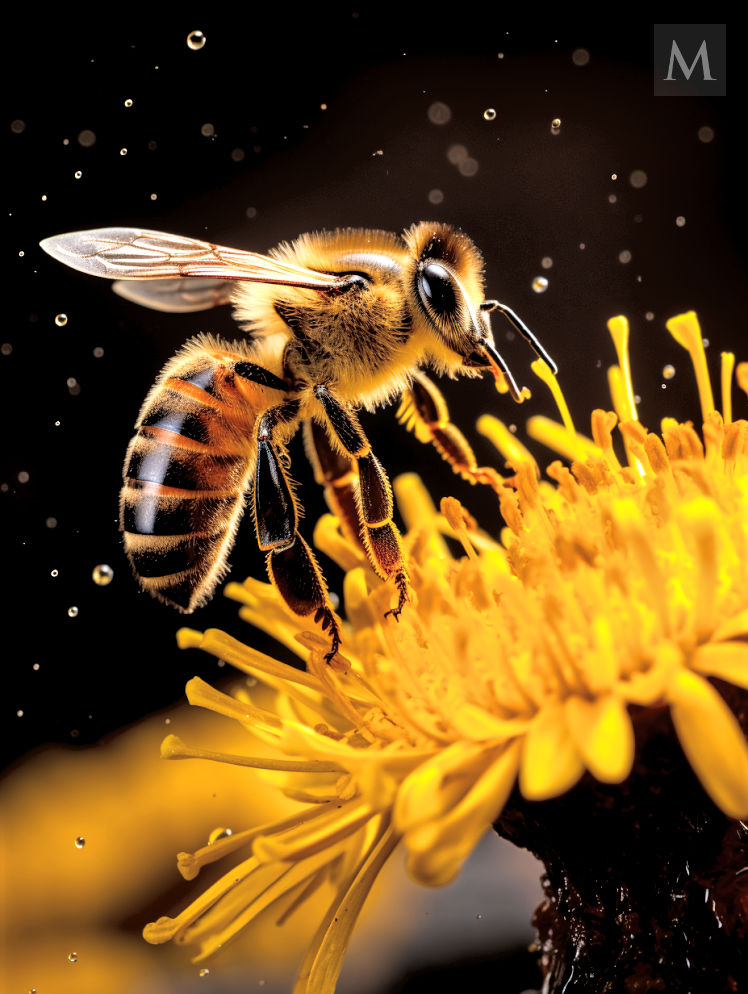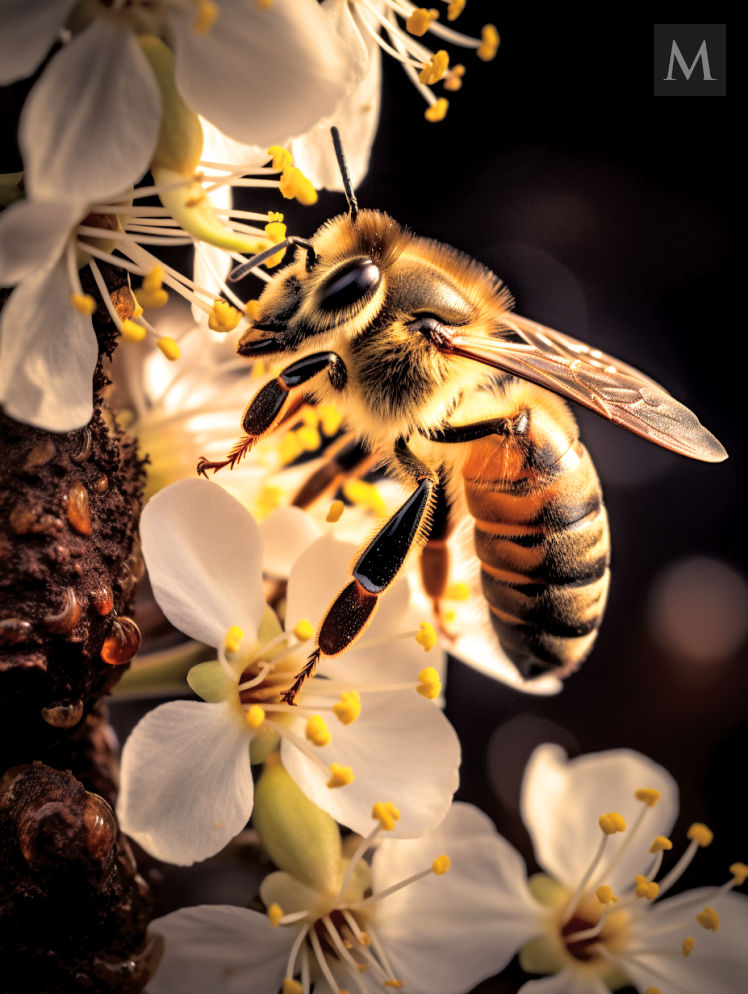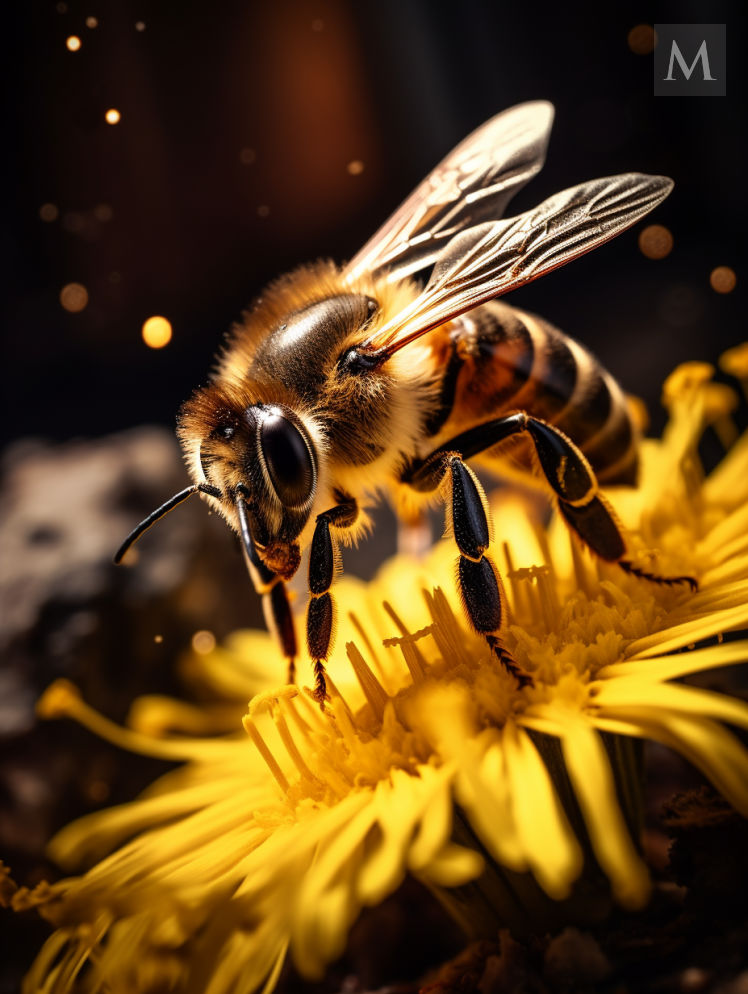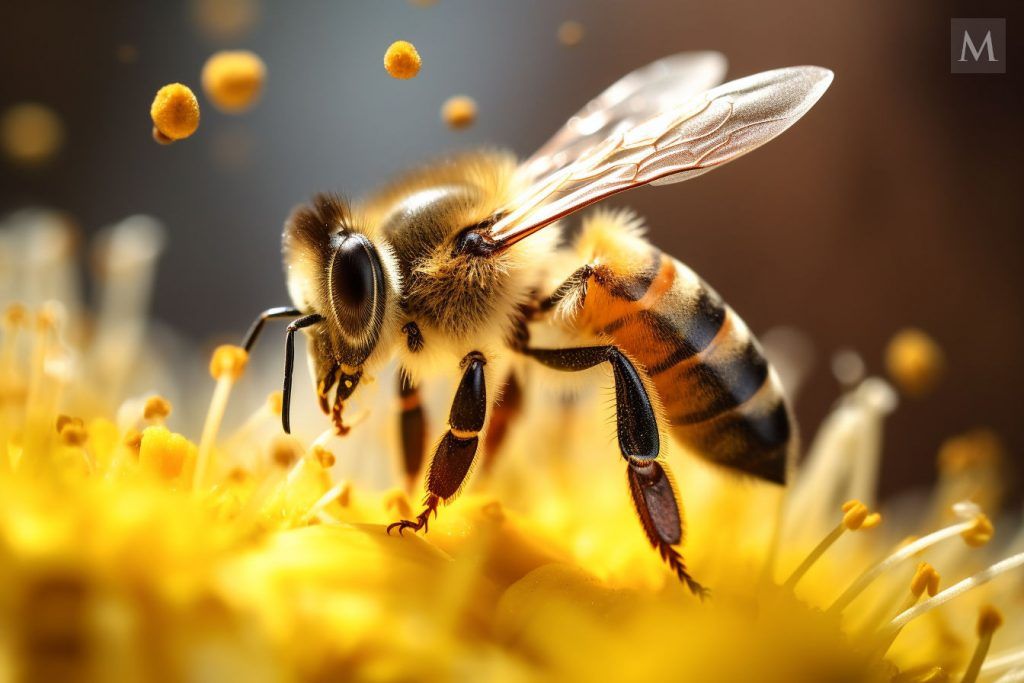Honey Bees Gathering Pollen
The following gallery captures close-up views of one of nature’s most vital pollinators – the honey bee. Seen here gathering nutrient-rich pollen to return to the hive, these busy bees play a crucial role in plant reproduction and our food supply. Take a moment to admire their industriousness and elegant beauty through these detailed images.
The Importance of Bees and Other Pollinators
- Bees transfer pollen between flowers as they collect nectar and pollen for food, allowing plants to reproduce. This process is called pollination.
- Pollination by bees and other insects like butterflies, beetles, and flies is essential for flowering plants to produce fruits, vegetables, and seeds.
- Bees pollinate approximately 75% of the crops used for human food worldwide, including fruits, nuts, berries, beans, and more.
- In addition to crop plants, bees pollinate wild plant species that provide food and shelter for other wildlife in natural ecosystems. Their pollination maintains biodiversity.
- The economic value of pollination by bees in the United States alone is estimated at over $15 billion per year. Similar contributions occur in agricultural systems globally.
- Honey bees live in large, highly organized colonies with one reproductive queen. They can communicate the location of good food sources to each other through special dances.
- In recent decades, certain bee populations have declined due to colony collapse disorder, likely caused by a combination of parasites, disease, habitat loss, and pesticide exposure.
- We can help support bee populations by planting pollinator-friendly flowers, limiting pesticide use, and fostering undisturbed wildflower habitats. Bees are resilient, but they need our help to thrive.
- Preserving healthy bee populations and biodiversity is crucial for sustainable agriculture and productive ecosystems worldwide. Bees allow our world to flourish.
The Role of Bees in Ecosystems
Bees play a vital role as pollinators in both agricultural and natural ecosystems. Their pollination services allow plants to reproduce and bear fruit, nuts, seeds, and vegetables. This supports diverse plant communities and provides food for many animals up the food chain.
Declining bee populations can threaten entire ecosystems. Protecting bees helps maintain biodiversity and ecological balance.
Threats Facing Bee Populations
While bees are resilient species well-adapted to their environments, they face increasing threats from human activities. Widespread use of pesticides aimed at other insects can also harm bee nervous systems and reproduction.
Climate change causes floral resources to bloom earlier as bees emerge later, disrupting their synchronization. Habitat loss from development reduces nesting sites and wildflower food sources bees need. Parasites, pathogens, and invasive species also impact bee health.
Ongoing research aims to better understand these threats and support bee conservation.
The Lives of Honey Bees
Honey bees are fascinating social insects that live in colonies inside intricately constructed hives. Each hive has a single fertile queen tended by female worker bees. The queen lays eggs while workers maintain the hive, guard its entrance, forage for food, and care for larvae.
Workers communicate by performing special waggle dances to show other bees the location of productive flowers. Larvae develop into different castes depending on diet. Drones mate with new queens. A colony works together as a cohesive unit to ensure its overall survival.
Evolution of Bees
Bees evolved from wasp ancestors over 100 million years ago. Key adaptations like branched hairs for pollen collection, pollen baskets on legs, and social behaviour allowed bees to become highly efficient pollinators. Today, there are over 20,000 bee species globally. Many migrate long distances to track floral blooms. Bees are a highly successful evolutionary lineage.
Other Important Pollinators
In addition to managed honey bees, wild native bees are also prolific pollinators, along with butterflies, moths, flies, beetles, hummingbirds, and bats. Examples include bumblebees, carpenter bees, squash bees, and leafcutter bees. Supporting habitats for diverse wild pollinators helps maintain resilient ecosystem services.
Humans and Bees
Humans have harvested beeswax and honey for over 8,000 years. Beekeeping evolved as an agricultural practice in many ancient civilizations. Today, commercial beekeeping provides critical pollination services for food crops. Around 90 common food crops are dependent on bee pollination for yield and quality. Protecting bees is vital for global food security.
Bees in Culture
Bees feature symbolically in mythology, folklore, and spiritual traditions around the world. They are often associated with wisdom, fertility, creation, community, and resurrection across belief systems and cultures. Bee motifs occur frequently in sacred texts, poetry, art, jewellery, pottery and more. The bee remains a revered cultural icon.
By supporting healthy bee habitats, populations, and research, we can ensure bees continue providing essential ecosystem services that sustain both nature and civilization. Bees allow our world to thrive.
